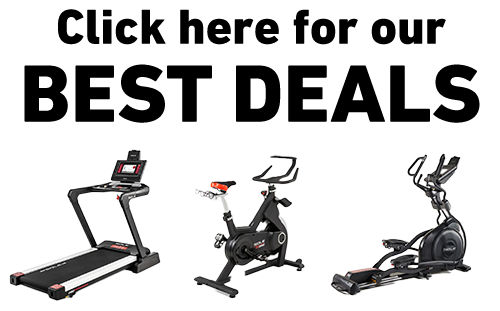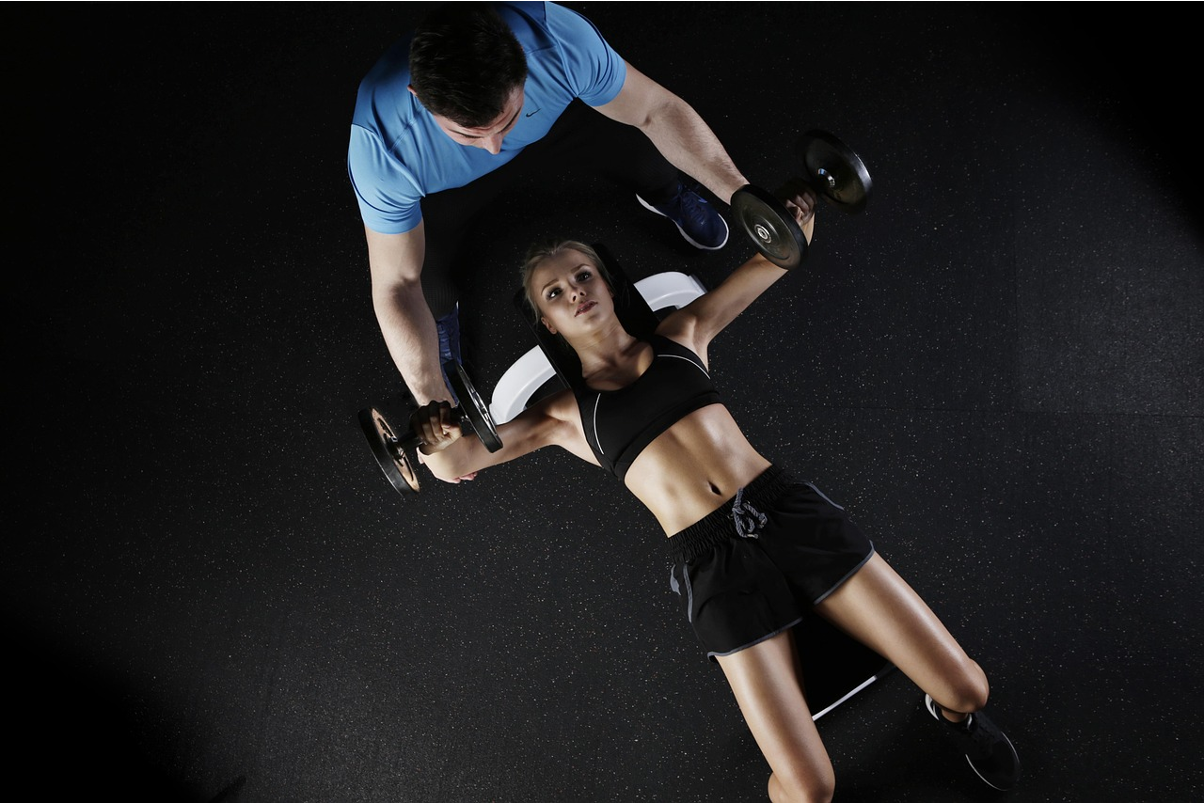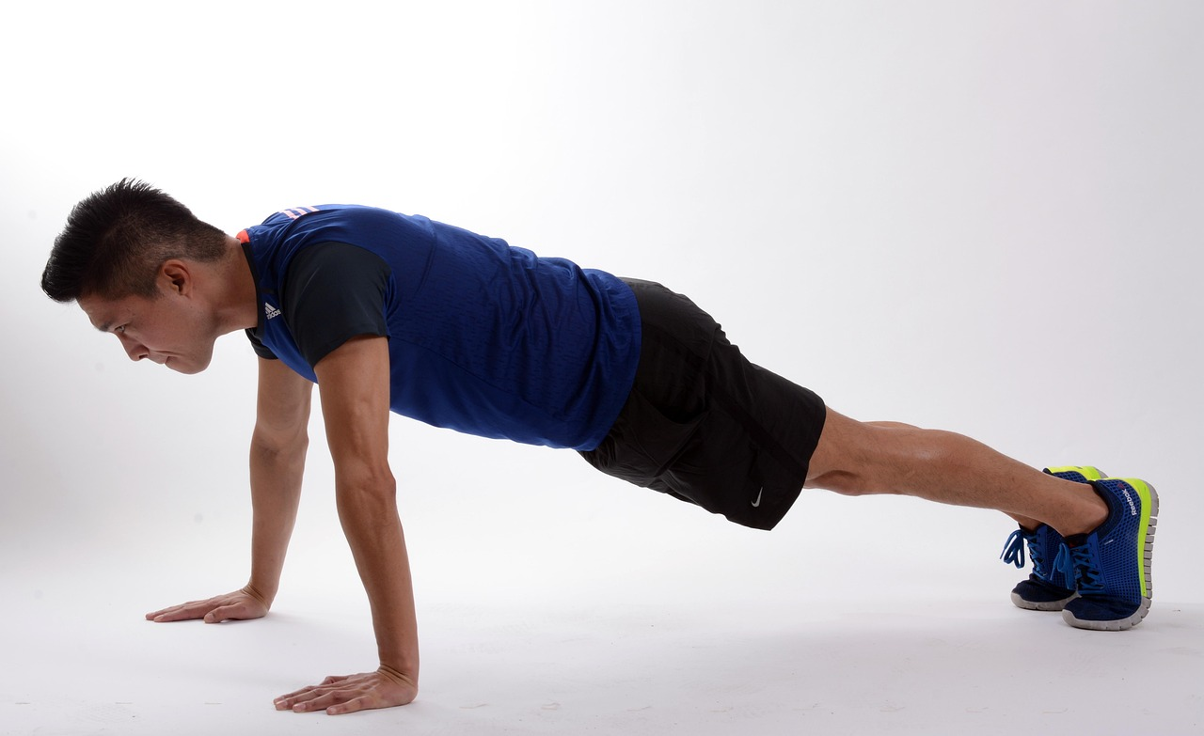Key Takeaways
- Bro splits can be modified for beginners by reducing training frequency to 3–4 days per week instead of the traditional 5–6 days.
- Focus on compound exercises first before adding isolation movements to your beginner bro split routine.
- Recovery is crucial for beginners; ensure you're getting 48–72 hours of rest between training the same muscle group.
- Start with lower volume (8–12 total sets per muscle group per week) and gradually increase as your fitness improves.
- SOLE's adjustable dumbbells and weight bench provide the perfect equipment foundation for progressive bro split training at home.
What Exactly Is a Bro Split and Why Are Beginners Curious?
A bro split is a workout routine that divides training days by specific muscle groups rather than movement patterns or upper/lower body divisions.
In its traditional form, you might train chest on Monday, back on Tuesday, legs on Wednesday, shoulders on Thursday, and arms on Friday. This approach became popular in bodybuilding circles because it allows for high training volume on each muscle group with plenty of recovery time between sessions.
Beginners are often drawn to bro splits for several compelling reasons. First, the structure is straightforward and easy to understand—you know exactly which body part you're training each day.
Second, many fitness influencers and bodybuilders showcase these routines, making them appear as the "standard" way to train for muscle growth.
Finally, there's something satisfying about the intense focus on a single area, as you can really feel the work you're doing.
However, the standard bro split presents challenges for newcomers. Training each muscle just once weekly may not be optimal for beginners who benefit from more frequent practice of movements.
Also, the high volume used in traditional bro splits can be overwhelming for those whose bodies aren't yet conditioned for serious resistance training.
|
Build Your Foundation with Premium-Grade Strength Equipment!
 Complete Your Home Gym:
Why Choose SOLE Strength: ✓ Heavy-duty steel construction with rust protection 30-Day Money-Back Guarantee: Love it or return it, no questions asked. |
5 Ways to Modify Bro Splits for Beginner Success

Strategic modifications transform advanced bodybuilding routines into beginner-appropriate programs that build strength progressively while preventing overtraining and injury.
1. Reduce Training Frequency to 3–4 Days
While traditional bro splits often involve 5–6 training days per week, beginners should start with just 3–4 weekly workouts.
This reduced frequency serves multiple purposes: it prevents overtraining, allows more recovery between sessions, and makes the routine more sustainable for those new to consistent exercise.
Consider a Monday-Wednesday-Friday schedule with an optional Saturday session if you're feeling energetic. This approach gives your body ample time to adapt to the new training stimulus while making it easier to maintain consistency.
2. Choose the Right Exercises for Each Muscle Group
As a beginner, prioritize compound movements that give you the most bang for your buck before adding isolation exercises. Start each workout with multi-joint exercises that train large amounts of muscle tissue simultaneously; these build a solid foundation of strength and muscle.
For chest day, begin with bench press variations before moving to flyes. On back day, focus on rows and pull-downs before isolation work. For legs, prioritize squats, lunges, and deadlifts over leg extensions or curls.
Limit your exercise selection to 3–4 movements per muscle group rather than the 5–7 that experienced lifters might perform.
3. Start With Lower Volume and Build Up Gradually
Volume, the total amount of work you perform, needs careful management for beginners. Start with just 2–3 sets per exercise and 8–12 total sets per muscle group per week, focusing on quality over quantity.
This moderate approach provides enough stimulus for growth without overwhelming your recovery systems.
Track your progress and gradually increase volume over time:
- Weeks 1–4: 2 sets per exercise, 8–10 total sets per muscle group weekly
- Weeks 5–8: 2–3 sets per exercise, 10–12 total sets per muscle group weekly
- Weeks 9–12: 3 sets per exercise, 12–15 total sets per muscle group weekly
4. Pay Extra Attention to Recovery Strategies
Recovery becomes even more critical when following a bro split as a beginner. Ensure you're getting 7–9 hours of quality sleep each night, as this is when the majority of muscle repair occurs.
Stay well-hydrated and consume adequate protein (aim for 1.6–2.2 g per kg of bodyweight daily) to support muscle recovery and growth.
Listen to your body's feedback carefully. While some muscle soreness is normal, persistent pain, decreased performance, or unusual fatigue may indicate you need more recovery time. Don't hesitate to add an extra rest day or reduce volume temporarily if needed.
5. Include Proper Warm-ups and Cool-downs
Every workout should begin with a thorough warm-up to prepare your body for the training ahead.
Start with 5–10 minutes of light cardio to increase blood flow, followed by dynamic stretches that mimic the movements you'll perform during your workout. For each exercise, perform 1–2 lighter warm-up sets before your working sets.
This preparation process reduces injury risk and improves performance during your actual training sets.
A Beginner-Friendly Bro Split Routine to Get Started

A proper modified routine emphasizes fundamental movement patterns while providing adequate recovery time.
Here's a simplified 4-day bro split designed specifically for beginners. This program focuses on fundamental movements while providing adequate recovery time between sessions. Each workout should take approximately 45–60 minutes to complete, including warm-up and cool-down periods.
Monday: Chest Day Essentials
Start your week with chest training to align with the classic "International Chest Day" tradition.
Begin with a flat bench press to target the entire pectoral region, then move to an incline variation to emphasize the upper chest. Finish with a fly movement to achieve a complete stretch and contraction of the chest fibers.
Aim to perform 8–12 repetitions for each exercise, focusing on controlled movements rather than lifting the heaviest weight possible. The goal is to feel the chest muscles working throughout each repetition—this mind-muscle connection is crucial for effective training.
Wednesday: Back Basics That Build Strength
Your back day focuses on horizontal and vertical pulling movements to develop both thickness and width.
Start with bent-over rows or supported rows to target the mid-back muscles, then move to lat pulldowns or assisted pull-ups to develop your lats. Finish with a lighter exercise like face pulls to target the often-neglected rear deltoids and improve posture.
Back training requires particular attention to form; focus on pulling with your back muscles rather than your arms for maximum effectiveness.
Friday: Lower Body Focus
Dedicate Friday to training your entire lower body, including quadriceps, hamstrings, glutes, and calves. Begin with squats as your primary movement, focusing on proper depth and knee tracking.
Follow with Romanian deadlifts to target your posterior chain (hamstrings and glutes), then finish with calf raises.
Lower body training is particularly taxing for beginners, so don't be afraid to start with bodyweight variations or very light loads until you've mastered the movement patterns. Proper form is especially critical for leg exercises to prevent potential knee or back issues.
Saturday: Shoulders and Arms
Complete your training week by targeting shoulders, biceps, and triceps. Start with overhead pressing movements for overall shoulder development, followed by lateral raises for medial deltoids. Then perform supersets of bicep and tricep exercises to efficiently train your arms.
This workout creates an enjoyable "pump" feeling that serves as a rewarding end to your training week. Be particularly mindful of shoulder health during pressing movements—start with lighter weights and focus on stability before progressing to heavier loads.
Build Your Perfect Beginner Bro Split Setup with SOLE Equipment

SOLE's strength equipment provides the progressive resistance options and space efficiency essential for beginners to safely execute bro split routines while developing proper form and building strength systematically.
Ready to start your bro split journey with equipment that grows with your strength? SOLE's SW180 and SW155 Adjustable Dumbbells provide the perfect foundation for beginner-friendly resistance training.
With 16 weight options from 5–80 pounds, you can start with lighter loads to master proper form, then systematically increase resistance as your strength develops.
The quick-adjust dial system is crucial for bro split training—you can easily change weights between exercises targeting different muscle groups without interrupting your workout flow.
No matter if you're performing chest presses at 20 pounds or working up to 50-pound dumbbell rows as you progress, the seamless weight changes keep your sessions efficient and focused.
Pair your dumbbells with the SW116 Weight Bench for complete versatility. The 9 adjustable positions support incline chest work, seated shoulder presses, and supported rows—essential exercises for every bro split routine.
The rock-solid construction ensures stability during heavy lifts, while the compact design fits perfectly in home gym spaces.
The SOLE Equipment Mat provides essential floor protection and defines your training space, while the free SOLE+ App includes guided strength programs that align perfectly with beginner progression principles. No subscription fees—just professional programming that grows with your abilities.
Frequently Asked Questions (FAQs)
How long should a beginner stick with a modified bro split before trying the traditional version?
Most beginners should follow a modified bro split for at least 3–4 months before considering a transition to the traditional 5-day version. This timeframe allows your body to adapt to resistance training, develop basic strength in fundamental movements, and build the work capacity needed for higher training volumes.
Can I still gain muscle on a 3-day beginner bro split?
Absolutely! As a beginner, you have tremendous potential for muscle growth even with minimal training frequency. The key factors for muscle development are progressive overload (gradually increasing weight or repetitions), sufficient protein intake, and adequate recovery—not necessarily training frequency.
A well-designed 3-day split that includes challenging weights and proper nutrition will produce excellent results for newcomers to resistance training.
Should beginners include cardio with their bro split routine?
Including moderate cardio alongside your beginner bro split can provide cardiovascular health benefits without interfering with muscle growth. Aim for 2–3 sessions of 20–30 minutes of low-to-moderate intensity cardio per week, preferably on non-training days or after your weight workouts. Good options include brisk walking, light cycling, or rowing at a conversational pace.
What's the best way to handle soreness when starting a bro split?
Some muscle soreness (DOMS, or Delayed Onset Muscle Soreness) is normal when beginning a new training program, but it shouldn't be debilitating. Start with lighter weights and fewer sets than you think you need for the first 2–3 weeks to allow your body to adapt gradually. Incorporate proper warm-ups before each workout and light stretching or foam rolling afterward to improve circulation and reduce stiffness.
How do SOLE's adjustable dumbbells support beginner bro split training?
SOLE's SW180 Adjustable Dumbbells are perfect for beginner bro splits, offering 16 weight options from 5–80 pounds in one compact set. This range allows you to start light for proper form development and progress systematically as your strength improves. The quick-adjust dial system eliminates the need for multiple dumbbell sets, making it easy to modify weights between exercises in your split routine. Combined with the SW116 Weight Bench, you have everything needed for chest presses, rows, shoulder work, and arm exercises.







Leave a comment
This site is protected by hCaptcha and the hCaptcha Privacy Policy and Terms of Service apply.